Remember the days when the kampung spirit was strong? Communities were tight. People knew one another. And like our grandmothers always say, “Those were the good old days.”
Well, the Housing and Development Board (HDB) wants to bring those good old days back – and this time, they want to bring this ‘Kampung’ into the future. To materialise this S$6 million programme, SUTD has been appointed as their research partner, and Assistant Professor Dr Chong Keng Hua from the pillar of Architecture and Sustainable Design is taking the lead.
The New Urban Kampung research programme
The New Urban Kampung research programme (NUKRP) is a 3-year project that culminates in the development of a New Urban Kampung framework. The framework will be used by future town planners and architects to create environments that can foster strong communities and improve the quality of life for HDB dwellers.
“We want people not just to have a place to live, work or play, but also to bond,” Dr Chong describes, “to do that, we need to understand all their needs and translate them into new forms of design.”
From kampung spirit to social sustainability
To that end, Dr Chong wants to recreate the kampung spirit in our current built environment using a much more scientific and rigorous approach. There’s even a broader term for it. It’s called social sustainability.
Social sustainability builds on the fact that people and spaces don’t work alone. Take a void deck for example. On its own, it’s just an empty space. Put it next to playgrounds, include a sitting area, or have a ‘mama shop in it, and “life will start to take place.”
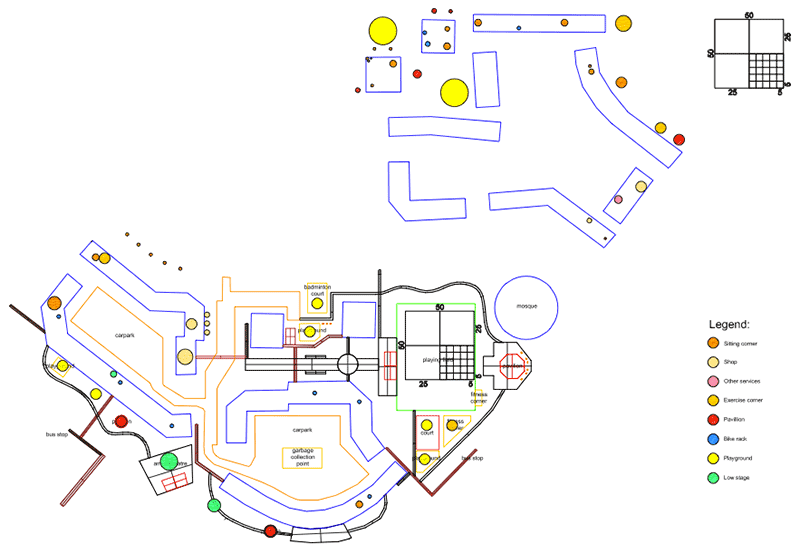
“Life has the ability to influence each other in each other’s spaces,” Dr Chong explains, “for them to be successful, the space has to be more than just mono-function. It has to be complimentary, even transitory to bring people together.”
For an environment to be socially sustainable, urban planners need to know “what makes communities, and what kind of places are conducive for them,” Dr Chong relates. “We can learn a lot from people and their behaviours. I see this as a ground-up process that can inform new architectural designs.”
Experimenting to a better future – The Social Urban Research Groupe
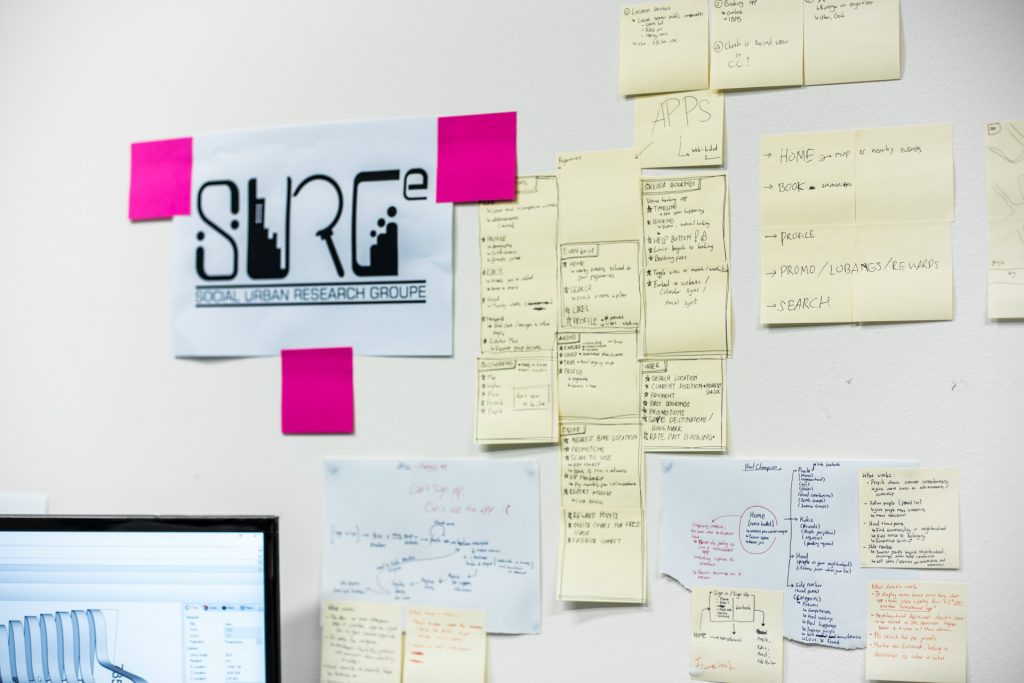 To achieve the programme’s ambitious goals, Dr Chong has assembled four research teams to explore the challenge from different angles. One of these teams, is the Social Urban Research Groupe (SURGe), which he heads as Principle Investigator (PI). It was a natural fit given their focus as a research lab that works on social architecture and urban research.
To achieve the programme’s ambitious goals, Dr Chong has assembled four research teams to explore the challenge from different angles. One of these teams, is the Social Urban Research Groupe (SURGe), which he heads as Principle Investigator (PI). It was a natural fit given their focus as a research lab that works on social architecture and urban research.
SURGe is responsible for the development and implementation of research ideas. It deals with the distillation and feedback of information (gathered from their research and big data analysis) into the design process, one that Dr Chong describes as “probably the most exciting part.”
Part of the team’s work involves creating prototype experiments. “We’ve got theories and processes that we want to translate into real life,” Dr Chong substantiates, “and also, big data. They shouldn’t just be buzzwords and cool visualisations. We want to see how we can make them useful in our everyday lives.”
Outlined below, are two of the team’s recent prototype experiments.
1. Smart furniture – understanding human behaviour
“The best technologies are the ones you don’t see,” Dr Chong notes, and the smart furniture experiment embodies that. The experiment seeks to understand human behaviour through their interaction with mobile smart furniture – the first of its kind. “These furniture are a part of a bigger Internet of Things (IoT) system,” he relates.
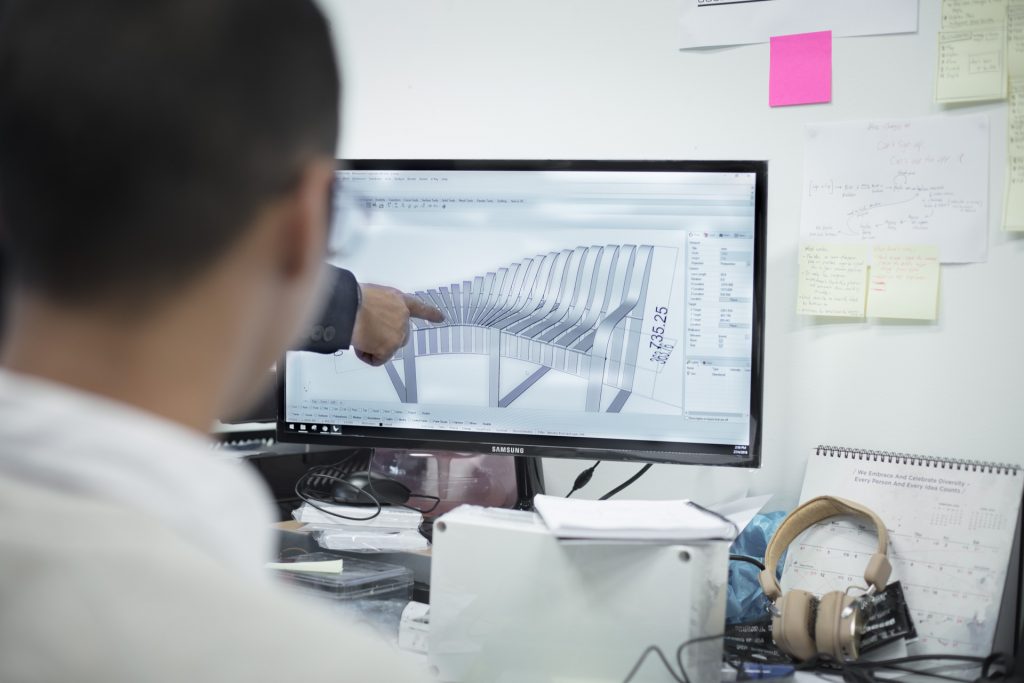
To do this, the team worked with members of the Residents’ Committee (RC) to identify a suitable void deck “where aunties normally hang out.” There, the furniture was laid out and connected to a smart lighting system that intuitively responds to furniture movement.
“Using motion sensors and video analytics, we were able to generate data on how residents interact with the furniture and develop general behavioural patterns from there,” Dr Chong explains. “This helps us understand what we can do with technology and inform new design processes in future.”
The experiment was a success. It not only piqued the interest of residents, it even attracted visitors who weren’t part of the community. “But of course, there were other issues. Once the project gets popular, residents start to complain about people intruding their spaces,” Dr Chong elaborates, “that’s where we need to learn and strike a balance. That’s what these experiments are about.”
2. A sharing community – reviving the kampung spirit.
The second experiment requires us to imagine a space where online and offline communities connect. “Communities are constantly created online, but they don’t really translate into real life,” Dr Chong shares. And they want to bridge that gap.
The idea is to create a platform that brings people with shared interests within a community together. “It’s somewhat like a sharing economy – it’s a process where people with similar interests and lifestyles find each other, and even find a space where they can carry out their activities,” Dr Chong describes.
“We see the number of ‘interest-based public spaces’ growing these days,” he continues, “so we want to see how we can use technology to create responsive and adaptive environments that can cater to their needs when they arise.”
This process is part of a larger concept that Dr Chong describes as “self-enabling”. Self-enablement is an essential aspect of social sustainability. It’s a ground-up process where communities give new meaning to ubiquitous facilities such as infrastructure, platforms and software just by using them. This, in turn, makes the facilities unique and sustainable for that particular community, fostering belonging and cohesiveness as a result.
Perhaps, this is our modern-day answer to ‘kampung spirit’.
An interdisciplinary programme with long-term ambitions
The NUKRP is a marathon, and the team has barely departed from the starting line. “There are lots of exciting things coming up and we’re all working very hard on this programme,” Dr Chong enthuses.
Imagining a future that’s socially sustainable is no small task. It demands an interdisciplinary programme that requires a concerted effort from experts in various fields, and SURGe is only a quarter of the entire research team – a team that boasts an impressive collection of psychologists, sociologists, engineers and architects working in the areas of computational social science, behavioural studies and urban informatics.
“This is also my first time running such a large-scale project. I’m still learning!” the humble professor admits with a laugh. “But the way I see it, it’s a team effort. Everyone plays a part.”
Amalgamating the fields of humanities, technology and design, the NUKRP embraces the tenets of SUTD beautifully. Interdisciplinary work as exemplified, is fast becoming the way of life into the future.
“SUTD provides the platform for us to not just work with brilliant people from different disciplines, but also people from different backgrounds, and even the government. It’s a rare opportunity that I’m very thankful for.”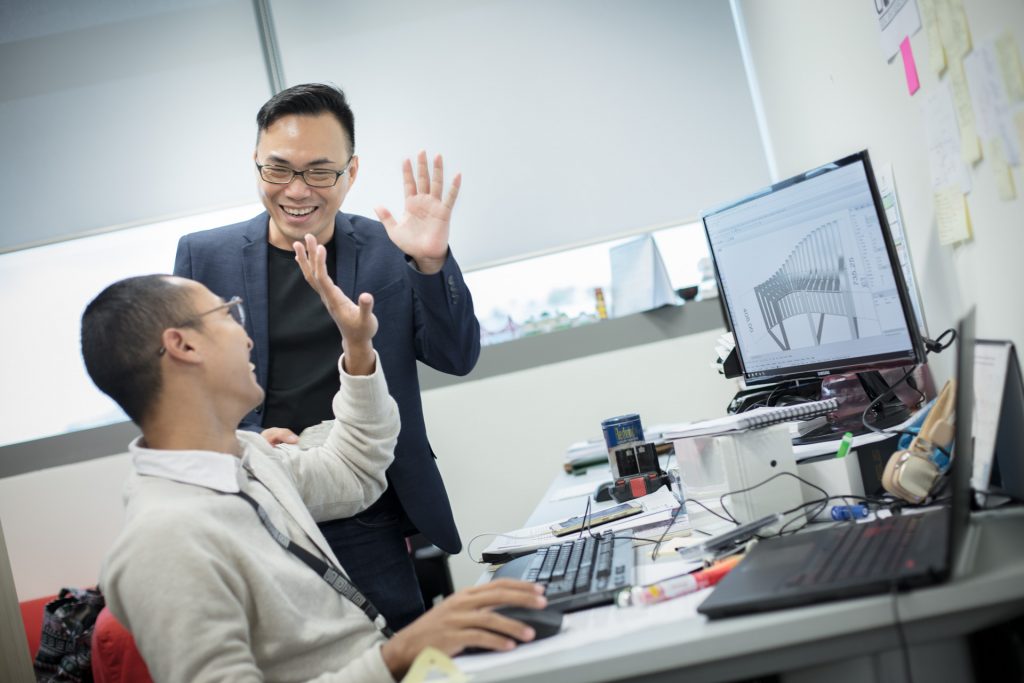
Following your own path
Not everyone gets to shape the future like Dr Chong does. If his story inspires you, he’s got a piece of advice – “Don’t do what I do!” he quips with a hearty laugh.
“Everyone has their own paths to follow. So the best way, is find out what you can do, what you love to do, and how it can benefit others. Once these things converge, that would be the best life you can lead.”
Like what you just read?
Applications for our undergraduate programmes are now open. For more details, click here.
Missed out on our Admissions and Career Talk? Rewatch the sessions here.
It can be hard to ask the right questions that will help you to decide which university to join, so we’ve compiled a list of FAQs for you here.




















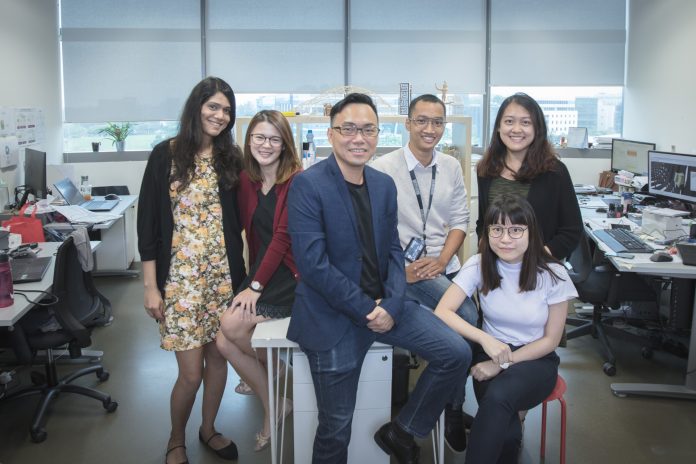










Hi SUTD,
I am Zul, 48 yrs and used to be a kampung boy and an early stage of HDB childhood.
I am very glad to have read your article here where urban kampung. I know how it feels like to have that “Good Old Days” feel in the neighborhood.
Besides having a designer’s modern layout, I believe a “Urban Kampung” have to have more to kampung style surroundings to make it more lively and a place for people to bond.
These should include a mama shop as you mentioned but having it should a them selling marbles, kites, gasing (top), chaptei to name a few and few others kampung basic games. And of coz you need to have an area to play them. If the young have this bond with the others, it will grow in them and in the long run, Its going to be a “Good Old Days” for them which they will not forget. All these kampung life basic are almost extinct in SG. We need to up live and promote our original Singapore old days here coz if not done soon, with the many new culture now in SG, I am only expecting the original Singaporean way of living (cooperative), thinking(neighbors like family) and bond(Knowing each other by name) to be gone. We used to have neighbor’s kids running thru each other’s door all the times but nowadays, all doors are locks al the time. This is totally not Singaporean any more.
Well, if I were to list down, it will be endless. Sorry if I am long winded. Just hope your guys can really make a Urban KAMPUNG spirit live on and I look forward the really missed “Good Old Days”.
Thank you for your time reading this.
Regards.